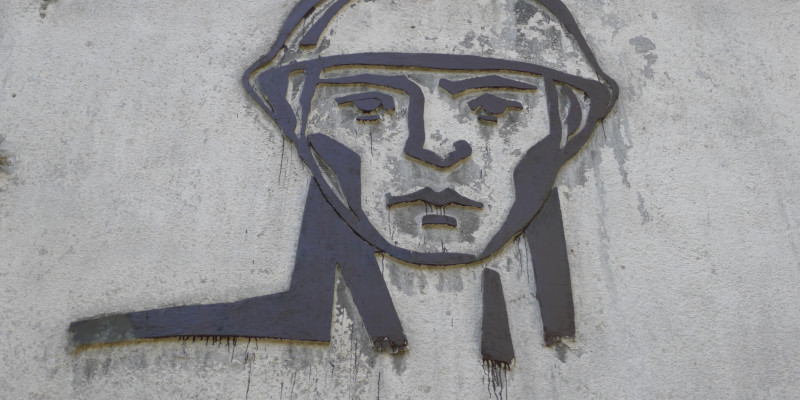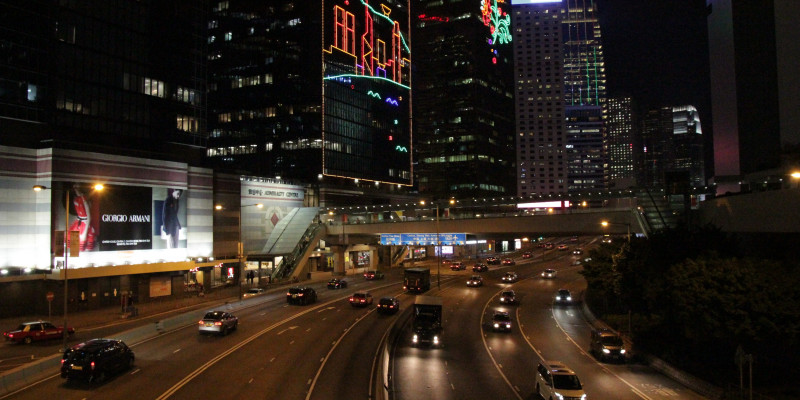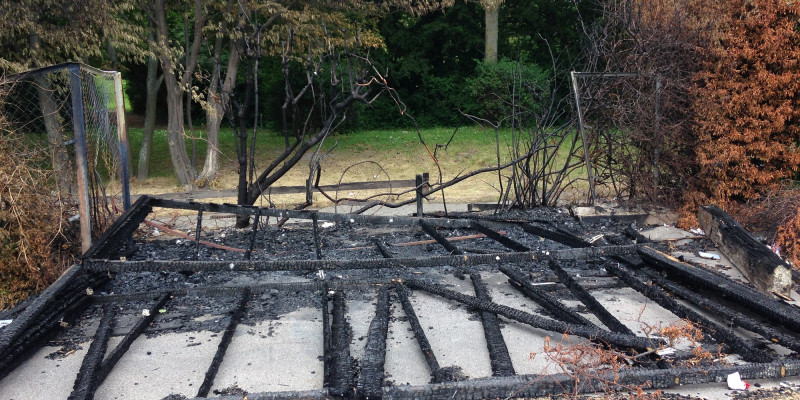The audio paper
The audio paper is an academic publication format that seeks to bring together academic argumentation, context and analysis with media, technology and situated, sensory experience in an audio production. This article is a presentation of our conception of what an audio paper can be. As it follows, this conception is depended on and developed within a specific context, both when it comes to how the idea was conceived, how the audio paper takes form in practice and how it gradually is being accepted as an academic publication format. Meanwhile, we bring forth some of the publications we have published so far, we are also aware, that the audio paper is not only a final and fixed format, but is always to be perceived situated to various modes of production, or, to use a concept from Isabelle Stengers (2010): it is always situated in various ‘ecologies of practices’ – whether academic, artistic or practices in between. In the following we will situate the audio paper in relation to how it was developed during the conference, Fluid States, Fluid Sounds in 2015, discuss its current status as a publishing format balancing in-between ethnographic field research and artistic practice, and finally we will discuss its future potentials by revisiting notions of media, technology, ecology, affect and sensation as first formulated in our audio paper manifesto in 2016 (Groth & Samson 2016).
Background
The audio paper format was developed during the seminar ‘Fluid Sounds’ as part of the PSi (Performance Studies international) conference Fluid States in 2015. We will briefly introduce some of the ideas behind the conference Fluid States to contextualize how and why we wanted to develop the audio paper as a fluid format engaging with global and regional questions of knowledge production. The overall concept of Fluid States aimed at working with regional formats of performance and knowledge. Hence, the conference was decentralized into several clusters across the globe for local forms of performances and knowledge to be explored. As our contribution to this fluidity we chose the Danish island Amager, which is part of the region of Copenhagen. In the call for participation we asked, among others, for investigations of the local every day performances, everyday life and the fluid landscape of an islands increasingly being gentrified by Copenhagen urban cultures. It also has the commons, ‘Amager Fælled’, beaches, forests and even farm land, and is the site for Copenhagen’s international airport Kastrup and several major cultural institutions such as the Danish Broadcasting Corporation and the University of Copenhagen. Thus, Amager in many ways manifests the fluidity and hybridity of urban-rural landscapes today, and how these landscapes are connected to global infrastructures – through mobile devices, travelling, technologies, economy, design etc. By introducing the audio paper, we intended to explore these landscapes in depth, not only through description and analysis, but also by capturing the hybrid sonic landscape on Amager. The notion - out of space, in this regard, came to mean as out of space from the institutionalized spaces of the academy and the cultural institutions, but also outside what we normally conceive of as established semantic categories. Whereas not all the audio paper in the Fluid Sound publication directly engage with the outside of institutionalized and semantic space, the curiosity for the in-between spaces and the hybridity of non-spaces is a recurrent interest.
To simulate this intension, we conceptualized the 4-day seminar ‘Fluid Sound’ as a two-folded event: The first day, the participants were introduced to site-specific and situated performance lectures in which academics and artists alike presented lectures and performances relating to site-specific issues such as the auditory co-production of local sound cultures and urban sound situations (see Groth & Samson 2017, and the continuum of sensory practices in academia (Schulze 2016). The next three days consisted of an audio paper workshop and a shared presentation. For two days editing labs were provided to support the participants in the process of the making the audio papers. In these situated knowledge situations, the participants developed the audio paper on site during the days of the workshop, by learning and listening to the local soundscapes of Amager. Finally, on the last day, the audio papers were presented and discussed.
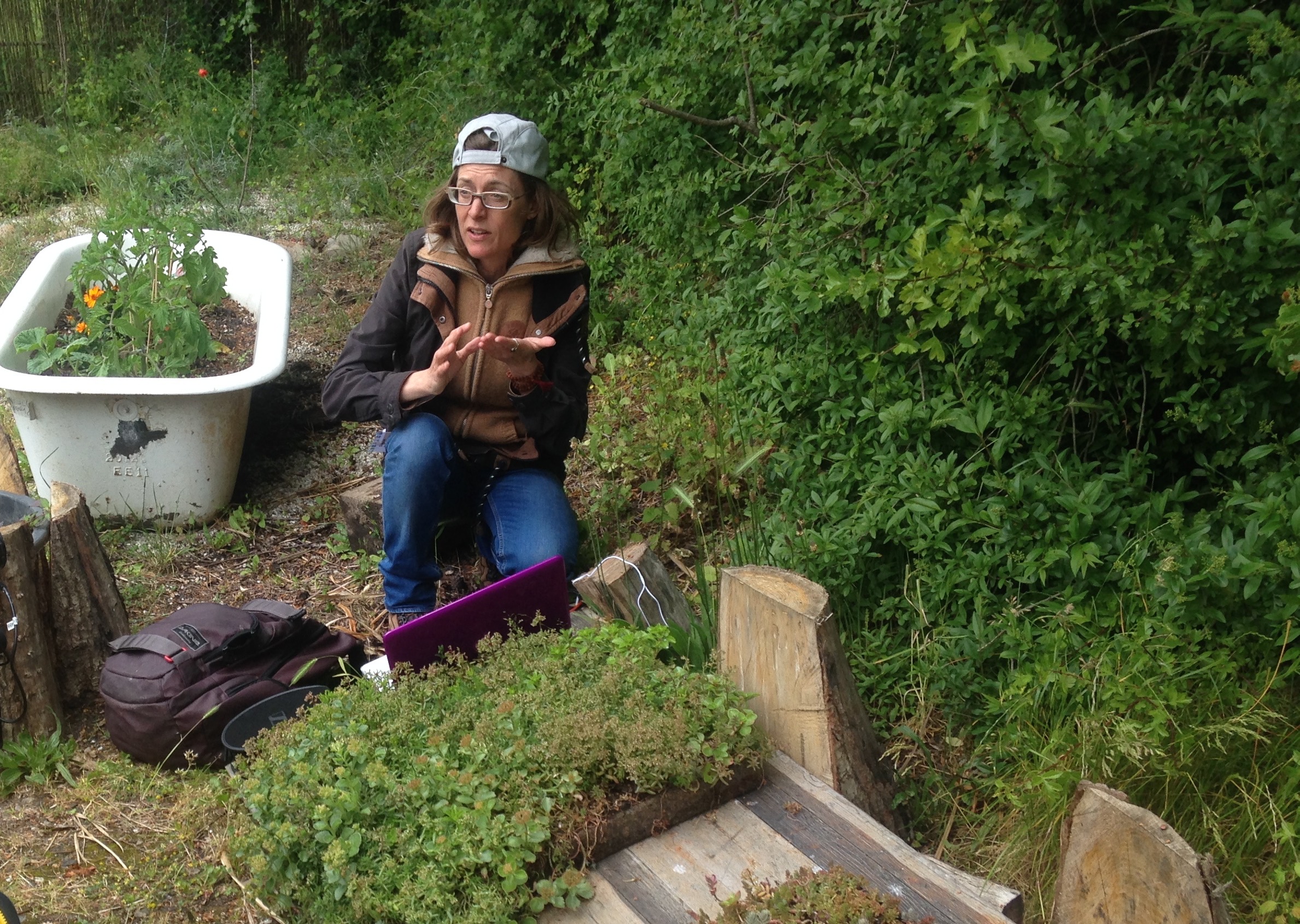
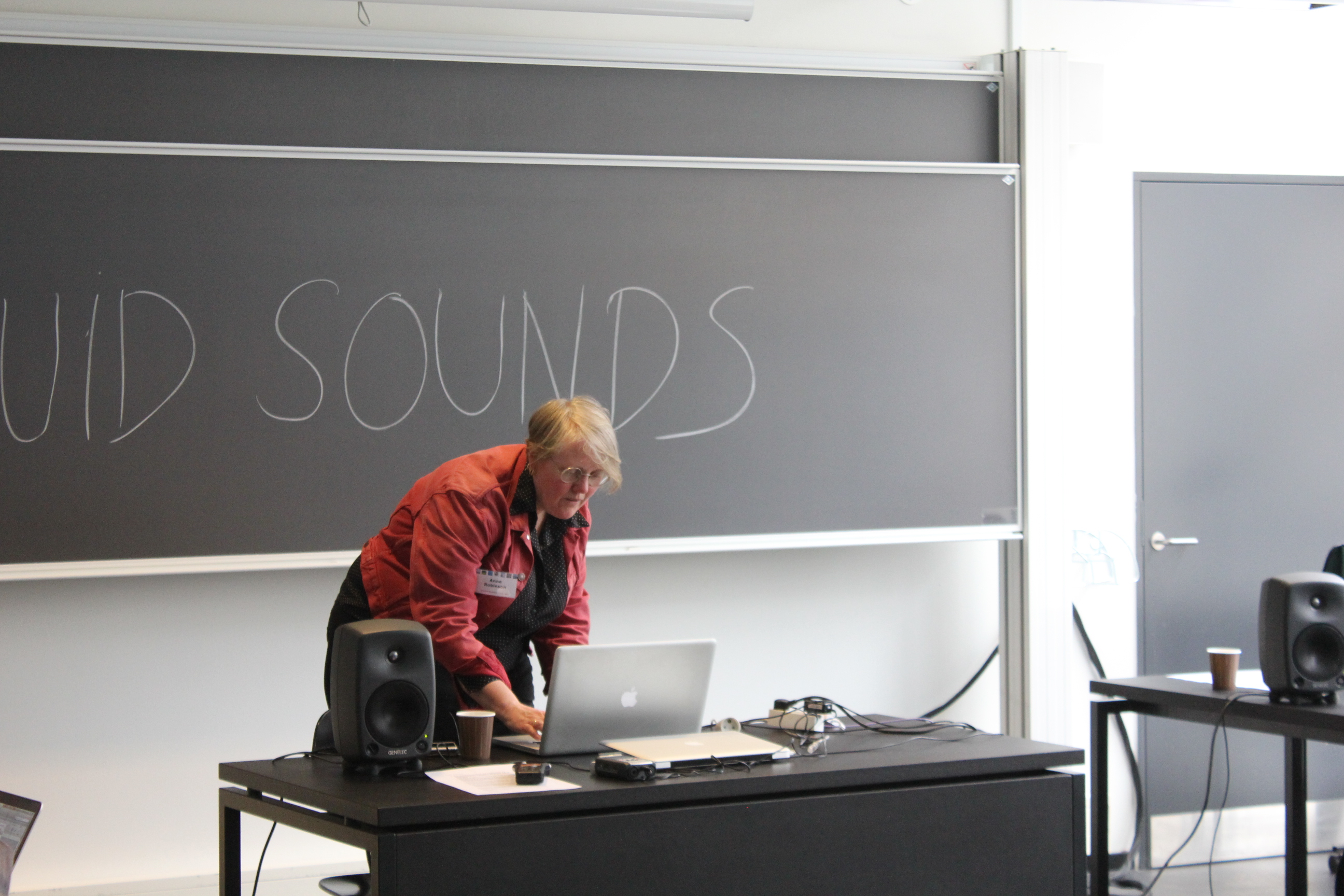
By working simultaneously and by sharing experiences with the situated and site-specific aspects of the knowledge and sound production, the audio paper invited into a material and embodied understanding of knowledge. Later, as the audio papers were published in a special issue of the online journal Seismograf, a manifesto was developed to summarize, conceptualize and proactively define the capacities of the audio paper. In the following, we will give an account of some of the core notions in the manifesto, and provide analytical examples from the audio papers published in the first edited and peer reviewed issue.
Making the audio paper manifesto
Working with the publication of the audio papers, we soon realized, that capturing our intensions and experiences with this new format, would be hard to disseminate in a regular academic preface. The format of the audio paper was not fully defined in the call for audio papers for the Fluid Sounds seminar, but was further developed, and above all, became materialized, during the seminar. When working on the preface for the publication we realized, that even after the seminar, the audio paper was still not a totally fixed and defined concept, but an idea, that was and will be gradually developed among the participants working with the format. The core of the audio paper is, as the regular the academic paper, a defined and well-developed argument or research question situated in a specific academic discourse represented through a bibliography. Meanwhile, the audio paper is also an experiment, as well as it is a subversion of academia. It is a frame for ideas that are present in our time, but that are not yet institutionalized nor settled. After some considerations, we ended up finding the format of the manifesto as the appropriate format for the presentation of the audio papers.
Just like the audio paper, the manifesto by nature is a performative statement in itself that not only encourage action, but is action. The manifesto often has a concrete and site-specific aesthetic – where it is first published and how its mode of production is of importance, but it can also be edited, transformed and remediated along the way and is hereby an organic text – which – just as the concept of the audio papers – is developed and entangled in various practices, movements and tendencies. It is nothing in itself – but finds its value in the actions, and in its engagement with other actions. It is hereby part of greater social ecologies, and never really a thing in itself. These characteristics are also to be found in the audio paper. Besides, in the audio papers, we also found many traces from the avantgarde manifestos and the many experiments of the avantgarde movements in the 20th century – from Fluxus and the Situationists movements to sound montage and radio experiments in Hörspiele, sound poetry, Laut Poesie, and concrete poetry. Also, Murray Schaefer’s thoughts on the soundscape, Barry Truax’s acoustic communication and Steven Feld’s acoustemology combined with contemporary audio walks by sound artist Janet Cardiff and the post-dramatic art collective Rimini Protokoll has formed a conceptual framework for the audio paper. We ended up identifying several co-existing ontologies in the audio papers published, and the manifesto with its short and montage-like format, allowed us to bring heterogeneous and normally not coherent theories together in the same space. Hence, the manifesto brought together ideas from diverse disciplines such as performance, - media,- sound, feminist, and STS studies; likewise theories of performativity, affect and site-specificity co-existed to allow the aesthetic complexities and indeterminacies of the audio paper to unfold within an open ontological framework.
Ex 1 Multifocality, technology and mixed time-space
In the air with the greatest of ease: Phonogenie is an audio paper produced by Scottish performance scholar, Anne Robinson.
The concept consisted of Anne Robinson inviting a wide variety of people to sing a special song they knew by heart for what felt like two minutes. These recording were done in person with Anne Robinson either in a studio, or per distance from among other places the Faeroe Islands. In this audio paper, what we hear is a polyphony of the various voices played simultaneously. To fit into the exact length of two minutes, the voices are either stretched out or compressed to fit the time schedule. Later, in the theoretical framing of the paper, Robinson read her reflections and statements, concerning her exploration of time, and how the experiments with time changes the linear and functional conception of time that is associated with a capitalist mode of production. (Robinson 2016: time 8.40 - 9,34)
This resistance to the predominant mode of production can also be seen in how the paper uses oral history as a technique to open up towards experienced and remembered time. A fictitious space in which many layers and sensations are intertwined. The songs and voices recorded thus tell stories of family and friendship, of remembrance of time passed into time futures. And how distant memories can be brought to the presence through the tonality of the voice, its pitch and affective sensation. In this sense, Robinsons theoretical readings (which undergoes various manipulations throughout the paper) and the voice recordings with its various time manipulations become part of the argument.
In the air with the greatest of ease illustrates multifocality and the role of technology as stated in the manifesto in ad 6-7 (Groth and Samson 2016). In the paper, we find that various protagonists are present, not only the voice act, so does the singing and the various shift in tonality and pitch that the voice undergoes while being manipulated. For instance, the tonality, dialect and materiality of the singing voice in Phonogenie holds the capacity to affect the listener and invoke her own childhood memories.
The editing and manipulation together with both the dialect and the tonality almost suspends any clear subjective or individual voice as multiple voices and times co-exists. This is interestingly also the case when the author states her the artistic statement, but also towards the end, when she runs through the theoretical statements. Here the singing is still present in the background of her voice as a weaving of sounds. In this sense, technology and mediation plays an important role in the audio paper. It is not only the discursive language that speaks, technology performs in and between the semantics of the language. Technology and various forms of mediation become a carrier of aesthetics, it stresses semiotic aspects of the speaking (e.g. when speaking of tempos, the tempo of the speaking is changed), and it helps to create a fictional space that is for instance present in the various reverberations of Robinson’s voice.
To bring this into a broader framework, semantics and semiotics are performed in and through technology, and in this case advanced technologies as the production is made over time, in different places and in a complex process of creation. Not only multiple voices but also multiple recording devices, people and places (skype-recordings from the Faroe Islands, private person’s own recordings, recorded sounds on Amager, Robinson’s own voice) come into play. To quote the manifesto, “In the case of the audio paper, this frame of understanding underlines the awareness that recording equipment, filtering, mixing, mastering and conversions are not neutral processes and tools. They are in themselves expressions of various actors and aesthetic means.”
Ex 2 Affect and sensations
The audio paper Hearing on the verge by Nicole de Brabandere and Graham Flett explores the sensory aspects of listening while in motion. In this audio paper we hear the bodily movement through and in alignment with various spatial coordinates. Through the bodily movements of the two narrators, one male and one female, various sensations and affective relations to the landscape of Amager are performed. As walking along and climbing stairs, we experience an exploration of sites on Amager on both a horizontal and a vertical axis (9:26- 11:07). The movements are accompanied by a mesmerizing, rhythmic voice depicting the geographical coordinates.
This paper relates to affects and sensations and how we experience and navigate space and place through rhythmic bodily engagements. As proposed in the manifesto, “The aesthetic, material aspects of the audio paper produce affects and sensations. What is felt could be the body of the site and place, the soundscape of the place.” (Audio Papers – A Manifesto, Ad. 4)
In Hearing on the verge, the embodiments of cartographic space are rendered audible through the bodily movements through various places and spaces. The felt bodily sensations obtained through walking and listenings is translated into sound effects and materialized in the tone and the rhythms of the audio paper. Hence, the audio paper evokes affects and sensations in the listener. These affective transitions continuously happens in a continuum between cognitive reason and bodily sensations.
In Hearing on the verge, affective mediation is a transition that furthermore makes places re-emerge. Hence, we will argue that a situated audio production can emphasize, augment or even bring forth forgotten or overlooked qualities of places. This relates to the notion of affect in the Spinozist and Deleuzian understanding where a body holds the capacity to affect and to be affected by other bodies. (Deleuze 1988). This relates to places and to their inherent soundscapes, and to the soundscapes produced in the audio paper. All these layers hold the capacity to affect and to be affected. Or, in the other example, the embodied sounds of the geographic coordinates, the steps on the staircase, the sound of tourist mobilities as bodily enactments of the proximity of the airport in hearing on the Verge’s exploration of Amager, attunes into the listeners own embodied experiences of travelling and moving. Here we see a re-emergence of cartographic space into felt sensation as “affects are transitions that re-emerges from what is already there” (Massumi 2015, 52). In this sense, we can say that the artistic soundscape is an event that re-emerges from the already existing landscape of Amager.
Generally, we can say that the embodiments of a place, the aesthetic materiality of the sound material, holds a capacity to affect the listener by establishing an affective encounter in which sites and places become alive in bodily felt sensations. Such affective encounters are transitional – both for the listener, the sensing body and the places being sensed: as Brian Massumi notes that affects “governs a transition where a body passes from one state of capacitation to a diminished or augmented state of capacitation.” (Massumi 2015, 48-49). Transitions can here be understood both as how places are in transit in relation to how we perceive them or how they are being re-enacted and performed by diverse bodies – the travelling body of the tourist, the walking body etc. What we hear in the audio paper is thus one (out of many) felt experiences in which quantitative locations comes into being as a qualitative experiences. Hence, the soundscape of the audio paper is a re-emergence of sites and places in an embodied language that takes into consideration the specific knowledge situation of the body in space, and how it the landscape and coordinates are embodied in the situation.
Or, to quote the manifesto, “The aesthetic, material aspects of the audio paper produce affects and sensations. What is felt could be the body of the site and place, the soundscape of the place.”(Groth & Samson 2016). This interrelatedness between situated place and fictional space of the soundscape is further strengthened in the following.
Between ethnographic field work, oral history and artistic research
Looking back on the first volume of audio papers and how they have further been developed in e.g. the Sound Art Matters volume (Groth, Schmidt, Søndergaard and Vandsø 2017), it stands clear that the audio paper is an experimental format that oscillates between and borrows from various existing disciplines and methodologies. One way of categorizing and institutionalizing the audio paper is to see it as an hybrid between 1) ethnological field research in which documentation, orality and a theoretical argument is stressed, and 2) as a creative and arts-based knowledge dissemination influenced by a general affective and artistic turn in social science and the arts. (Seigworth & Gregg 2010, Leavy 2009). New technologies open towards a variety of DIY aesthetics allowing a new avant-garde and a broader audience to experiment and record sounds from everyday life, and from activist and underground environments. In general, we understand the audio paper as an experimental practice that co-exist with such ecologies of practices – whether DIY experiments or arts-based research or ethnographic field work.
A clear definition of the audio paper is thus still in the making and depends of its future manifestations. One challenge is how the audio paper finds a balance between being an artwork and an academic paper. An answer to that could be found in the audio paper as an art-based research methodology allowing academics to experiment and to show the processual aspects of research in the final research stage – the paper. This gives rise to some final remarks regarding the audio paper as situated knowledge.
The audio paper can open the academic paper up towards more experimental methodologies and suggests – according to the insights of Haraway, that knowledge is always situated. Art and humanities do not take place in a neutral space – as it is often suggested with the spaces and places of the university. Knowledge is situated and is affected by the places. Hence, the audio paper opens for a situated exploration of how knowledge comes into being. It holds the capacity to explore places through various sensory and artistic practices (see also Wallis 2012) Furthermore, we see that the audio paper combines the knowledge process and knowledge product. For instance, field recordings, in normal social science considered as empirical data, figures in the academic product as artistic and creatively manipulated material. Means and ends are part of the same continuum, involving embodied engagement in the field. Or, to use the words of Holger Schulze, “The Spacing and the Timing is being explored – which leads you to an almost involuntarily Embodying of this very field of research. Spatial arrangements and time structures become your second nature, maybe you are not going totally native in this field – but you manage to become very familiar with many elements in it” (Schulze 2016). As such ethnographic field research share similarities with arts-based research in the sense that the field becomes a site for exploration of a bodily and spatio-temporal continuum.
This also implies a radical empiricism, in which knowledge, methods and theory are not imposed upon reality but is deducted, grafted or transformed into the soundscape of the audio paper. It can be argued, that sound is first and foremost matter - as pointed to by Steve Goodman in his Sonic Warfare (Goodman 2012). Returning to the initial ideas as proposed in relation to the Fluid States, Fluid Sounds seminars, we suggest that working with sound and its aesthetic materiality deals with the fluidity and processual aspects of knowledge production, and the world as a mobile and material field. Fluid sounds should here not be understood as something that is difficult to grasp or get hold on; rather it should be understood as the material fluidity and processual character of academic knowledge that with the audio paper, gets the potential to come into form through technological and aesthetical mediation. Let it flow.
This article is first printed as: Sanne Krogh Groth and Kristine Samson: 'The Audio Paper: From Situated Practices to Affective Sound Encounters'. In 'Out of Space. Sensory Practices and Placemaking'. Paragrana. Band 28. 2019. Heft 1. pp. 188-196.
